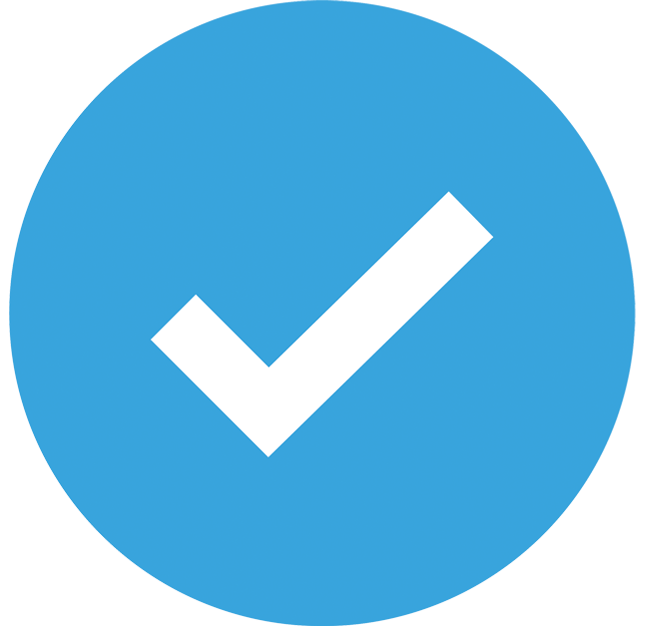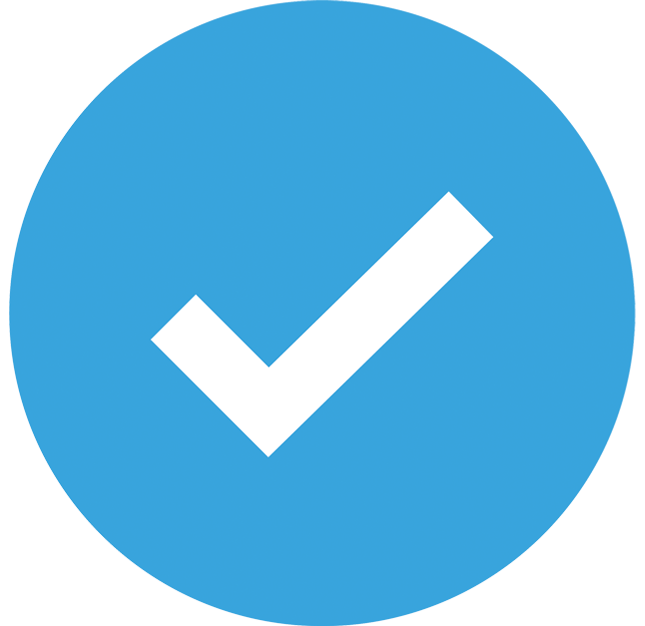Frequently Asked Questions about the NICFI Data Program
What exactly are the data products offered by this program?
This program makes high-resolution (<5m per pixel) optical satellite imagery of the tropics freely available to all in the pursuit of helping stop deforestation and combat climate change.
The products include PlanetScope Visual Mosaics and PlanetScope Surface Reflectance Mosaics:
PlanetScope Visual Mosaics are optimized for visual display and interpretation, Visual Mosaics offer a ‘true-color’ representation of spatially accurate data with minimized haze, illumination, and topographic effects. These are ideal for users visually monitoring or interpreting satellite imagery.
PlanetScope Surface Reflectance Mosaics (Analysis Ready) are optimized for scientific and quantitative analysis, these mosaics offer an analytic or ‘ground truth’ representation of spatially accurate data with minimized effects of atmosphere and sensor characteristics. These include a fourth band (near-infrared) and are suited for a variety of vegetation indices, including Normalized Difference Vegetation Index (NDVI), Enhanced Vegetation Index (EVI), Normalized Difference Water Index (NDWI), and more. These are ideal for users scientifically or quantitatively monitoring or interpreting satellite imagery.
| Product Specifications | PlanetScope Visual Mosaics | PlanetScope Surface Reflectance Mosaics |
|---|---|---|
| Area | Global Tropic Regions (see also Question 6) | Global Tropic Regions (see also Question 6) |
| Spatial Resolution | 4.77m per pixel | 4.77m per pixel |
| Spectral Resolution | Red, Green, Blue (3-band) | Red, Green, Blue, Near-Infrared (4-band) |
| Temporal resolution | ● Archive (December 2015 - August 2020): Bi-Annual ● Monitoring monthly (September 2020 - present) | ● Archive: (December 2015 - August 2020): Bi-Annual ● Monitoring monthly (September 2020 - present) |
How do I sign up to access this program?
- Navigate to https://www.planet.com/nicfi/
- To receive an activation email, provide your email address on the form.
- To complete the account activation, click the link in the email, and fill in all fields in the signup form.
- Agree to the Terms of Service.
You now have access to the NICFI program!
Note: Current Planet customers must use a different email than the one associated with their existing Planet account.
What are the user access levels?
There are three User Access Levels to the NICFI datasets:
-
Level 0 – Open and Public Good: Public view-only access of the Visual Mosaics (Bi-annual Archive and Monthly Monitoring) through Purpose Ally sites. Purpose Allies are entities that engage the public on forests and land use monitoring (e.g. www.globalforestwatch.org).
-
Level 1 – As Open as Possible: Access to download Surface Reflectance mosaics (Bi-annual Archive and Monthly Monitoring) from the Planet Platform. User groups include Third Party Participants e.g. those using the data for their own usage in pursuit of the Purpose as well as Purpose Allies.
-
Level 2 – Select Partners: Strategic partners defined by Norwegian Ministry of Climate and Environment who have access to Level 1 data layers as well as the underlying scenes from Planet and selected historical archive data from Airbus back to 2002.
Once I have registered, how do I access the products?
You can access these data products through a number of web and API-based tools.
-
Visual Mosaics (Level 0 - View only) will be displayed by Purpose Allies, such as Global Forest Watch with more to come!
-
Visual Mosaics (Level 1) will be available through program registration in the Planet Platform, which includes access to Planet’s APIs and web applications.
-
Surface Reflectance Mosaics (Level 1) will be available through program registration with the Planet Platform, which includes access to Planet’s APIs and web applications.
-
Visual & Surface Reflectance Mosaics (Level 1) will also be available in third party applications, such as QGIS, ArcGIS and Google Earth Engine, through Planet’s Plug-ins and Streaming Services.
What if I am a current Planet customer?
We welcome you to sign up for the NICFI Program. Just be sure to register with a different email address than the one associated with your existing Planet account.
What is the duration of the products and program?
The data products cover an Archive (2015-2020) and Monitoring (2020-2023) period.
The archive period offers coverage bi- annually. The monitoring period offers coverage monthly. (Specifically Sept 2020- August 2023). However, the data products licensed through this program have a perpetual license; meaning the data downloaded can be continuously accessed even after the program has ended.
What are the terms of use?
Level 0 is publicly displayed and accessible to all. Level 1 data is licensed by Planet under a custom, non- commercial license. Therefore, all use must be non-commercial or not in the primary pursuit of profit. Once your account is activated you will have agreed to the terms of the license and will be authorized to access, view, download, use, display, print, and create derivative products from the content. If you need more information on what a custom non-commercial license is refer here.
What are the included and excluded geographies?
The mosaics cover tropical forested regions between 30 degrees North and 30 degrees South; roughly covering 45 million square km. Not included are non or low forest covered areas, as well as countries such as Australia, China, USA, and overseas territories that are outside of the tropic region (30 degrees North & 30 degrees South). The following table lists the countries included in NICFI:
| 115 Countries Included in NICFI | ||
|---|---|---|
|
|
|
I want to know the wavelength information for the NICFI basemaps.
The NICFI mosaics are a mix of RapidEye, Dove Classic, Dove R, and SuperDove, all of which have different band centers. All of the scenes are harmonized and normalized to Landsat8 SR data.
Here is the LandSat 8 Band details:
| Landsat 8 Operational Land Image (OLI) and Thermal Infrared Sensor (TIRS) | ||
|---|---|---|
| Band | Wavelength | Useful for mapping |
| Band 1 - coastal aerosol | 0.43-0.45 | Coastal and aerosol studies |
| Band 2 - blue | 0.45-0.51 | Bathymetric mapping, distinguishing soil from vegetation and deciduous from coniferous vegetation |
| Band 3 - green | 0.53-0.59 | Emphasizes peak vegetation, which is useful for assessing plant vigor |
| Band 4 - red | 0.64-0.67 | Discriminates vegetation slopes |
| Band 5 - Near Infrared (NIR) | 0.85-0.88 | Emphasizes biomass content and shorelines |
| Band 6 - Short-wave Infrared (SWIR) 1 | 1.57-1.65 | Discriminates moisture content of soil and vegetation; penetrates thin clouds |
| Band 7 - Short-wave Infrared (SWIR) 2 | 2.11-2.29 | Improved moisture content of soil and vegetation; penetrates thin clouds |
| Band 8 - Panchromatic | 0.50-0.68 | 15 meter resolution, sharper image definition |
| Band 9 - Cirrus | 1.36-1.38 | Improved detection of cirrus cloud contamination |
| Band 10 - TIRS 1 | 10.60-11.19 | 100 meter resolution, thermal mapping and estimated soil moisture |
| Band 11 - TIRS 2 | 11.50-12.51 | 100 meter resolution, improved thermal mapping and estimated soil moisture |
I am registered for the NICFI program. Can I get access to Tasking Dashboard?
The Tasking Dashboard is used for SkySat Tasking requests, and the NICFI program does not include SkySat Tasking. Customers who have purchased SkySat tasking will be able to access Tasking Dashboard. If you wish to purchase to SkySat Imagery and get access to Tasking Dashboard, please contact our sales team at Contact Sales.
Where do I go if I have a question or need support?
During your contract term a 24/7 support service will be available to you. To access this service please send your request to: nicfi-servicedesk@ksat.no.
Any other questions please ask away in the comments!







